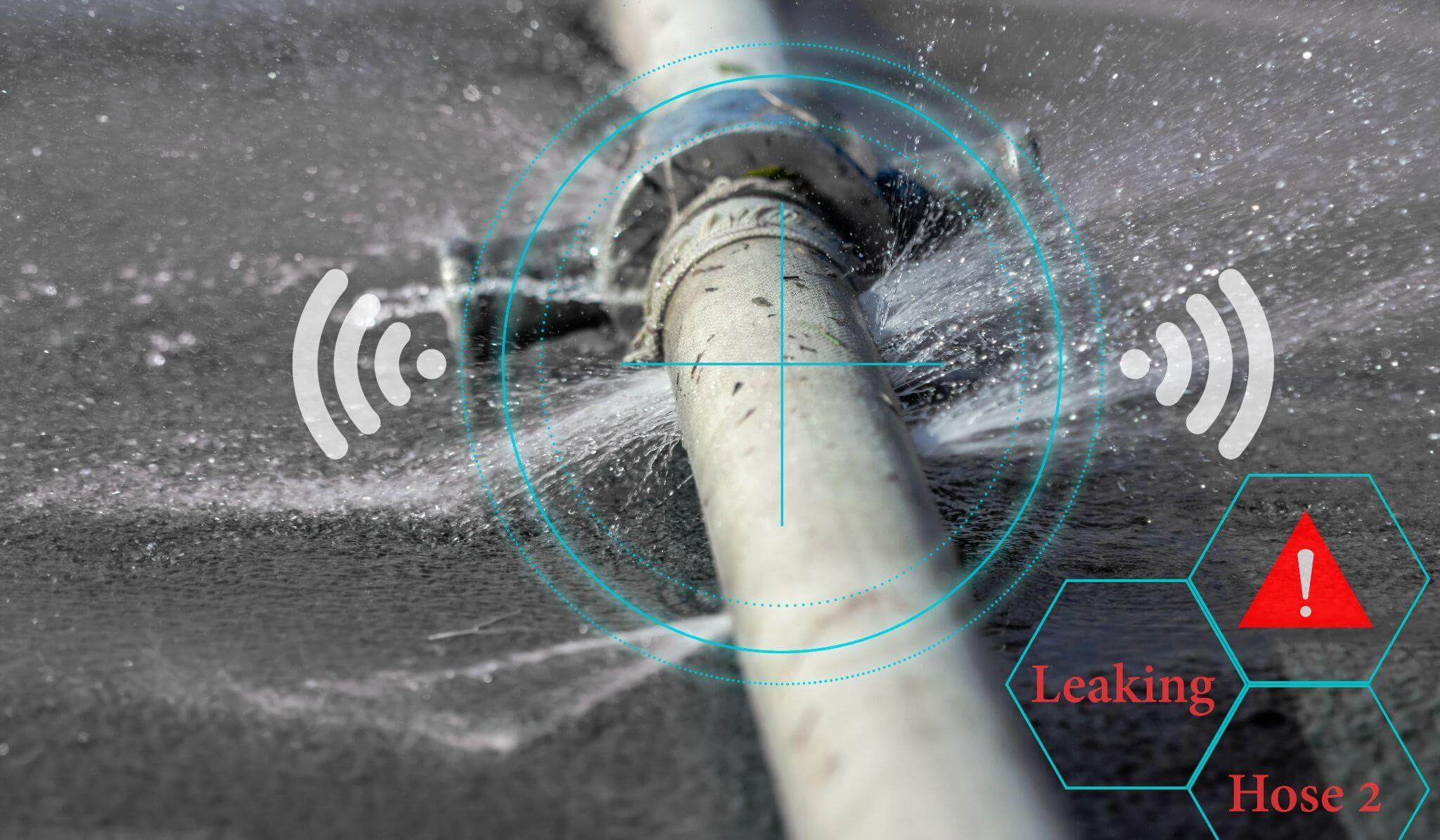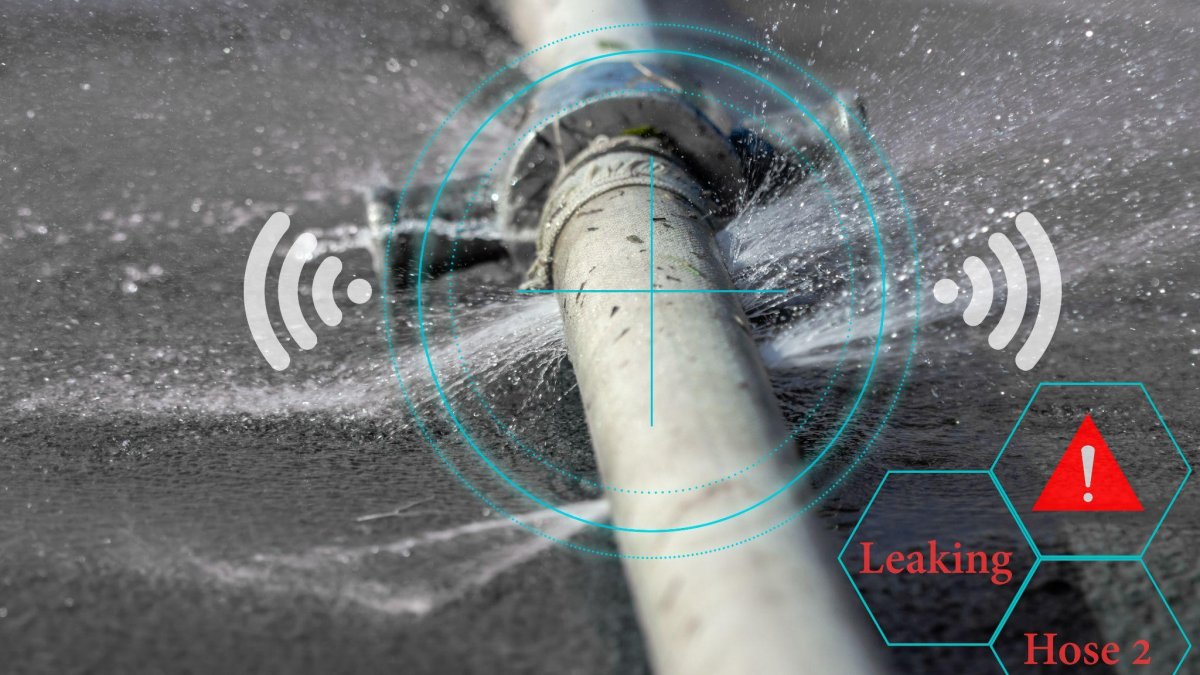
Water damage is a costly and often disruptive problem for businesses. With repair costs averaging $3,300, it can be a significant financial burden, especially if undetected leaks cause prolonged exposure. Fortunately, proactive leak detection systems can save businesses from costly repairs, downtime, and potential losses. Here’s why investing in leak detection is a smart decision and how different detection technologies can make a difference.
The High Costs of Water Damage
Water damage expenses vary widely based on the type and severity of the leak, as well as the type of water involved. While a minor repair might cost around $450, extensive damage can reach up to $50,000, making early detection crucial. Here’s a breakdown of typical costs:
- Clean Water: Leaks from faucets or water heaters fall into this category, and they usually don’t contain contaminants. Repair costs range from $3-4 per square foot, with drywall repairs costing an additional $1-3 per square foot.
- Gray Water: Often from laundry or kitchen areas, gray water contains potentially harmful substances like detergents. Cleanup can cost $4-7 per square foot, and replacing hardwood floors can be as high as $10-15 per square foot.
- Black Water: This category includes leaks exposed to contaminants, such as sewage. With costs ranging from $7-7.50 per square foot, these incidents require swift, professional cleanup to avoid health hazards.
Beyond water type, damage severity also influences repair costs. For instance:
- Class 1: Small, contained leaks, costing $150-$500.
- Class 2: Covers a full room, with repair costs between $550-$1,000.
- Class 3: Water permeates walls, floors, and ceilings, costing $1,100-$3,200.
- Class 4: Extensive damage, typically from natural disasters, can reach $20,000-$50,000.
The Role of Leak Detection Systems
With the right leak detection system, businesses can identify potential problems before they escalate. Leak detection solutions vary, from compact devices to more comprehensive systems, making it easy to find an option that meets any facility’s specific needs.
Small-Scale Leak Detection
For smaller businesses or individual offices, options like noise loggers, listening sticks, and handheld thermal devices are effective for spotting minor leaks. These tools detect unusual sounds, temperature changes, or moisture levels that indicate a leak, allowing for prompt repairs before significant damage occurs.
Large-Scale Leak Detection
Larger commercial facilities, such as manufacturing plants or data centers, require more advanced solutions. In-pipe sensors, fiber optics, satellite monitoring, and ground-penetrating technologies offer real-time insights into leaks across vast areas, even those underground. With constant monitoring, these systems can provide instant alerts, enabling businesses to address leaks at the earliest stage.
Types of Leak Detection Technologies
Leak detection systems use various technologies tailored to different environments and needs:
- Acoustic Monitoring: Detects the sound of water escaping pipes, ideal for quiet environments.
- Pressure Monitoring: Identifies drops in pressure that could indicate a leak, especially useful in high-pressure systems.
- Chemical Detection: Uses tracers to locate leaks in sensitive or hard-to-reach areas.
Benefits of Proactive Leak Detection
Investing in leak detection isn’t just about avoiding repairs; it also protects valuable assets, minimizes downtime, and ensures business continuity. For instance, a data center using fiber-optic leak detection could prevent a costly shutdown by spotting a leak before it damages equipment. Similarly, a retail business with temperature-sensitive stock can protect inventory by installing a monitoring system that alerts staff to leaks immediately.
Take A Proactive Approach
Water damage can be financially draining, but the right leak detection system offers peace of mind. By investing in proactive monitoring, businesses can safeguard their assets, reduce repair costs, and maintain a smooth operation.
James Anderson
Related posts
Stay connected
- How LoveOn Chat Is Becoming the Most Versatile AI Companion for Digital UsersThe internet keeps shifting toward hyper-personal interaction, and AI companions are at the center of this shift. What used to be simple chatbots are now evolving into emotionally aware, adaptive, and multi-functional digital partners. Among the new generation of platforms, LoveOn Chat is becoming one... The post How LoveOn Chat Is Becoming the Most Versatile […]

